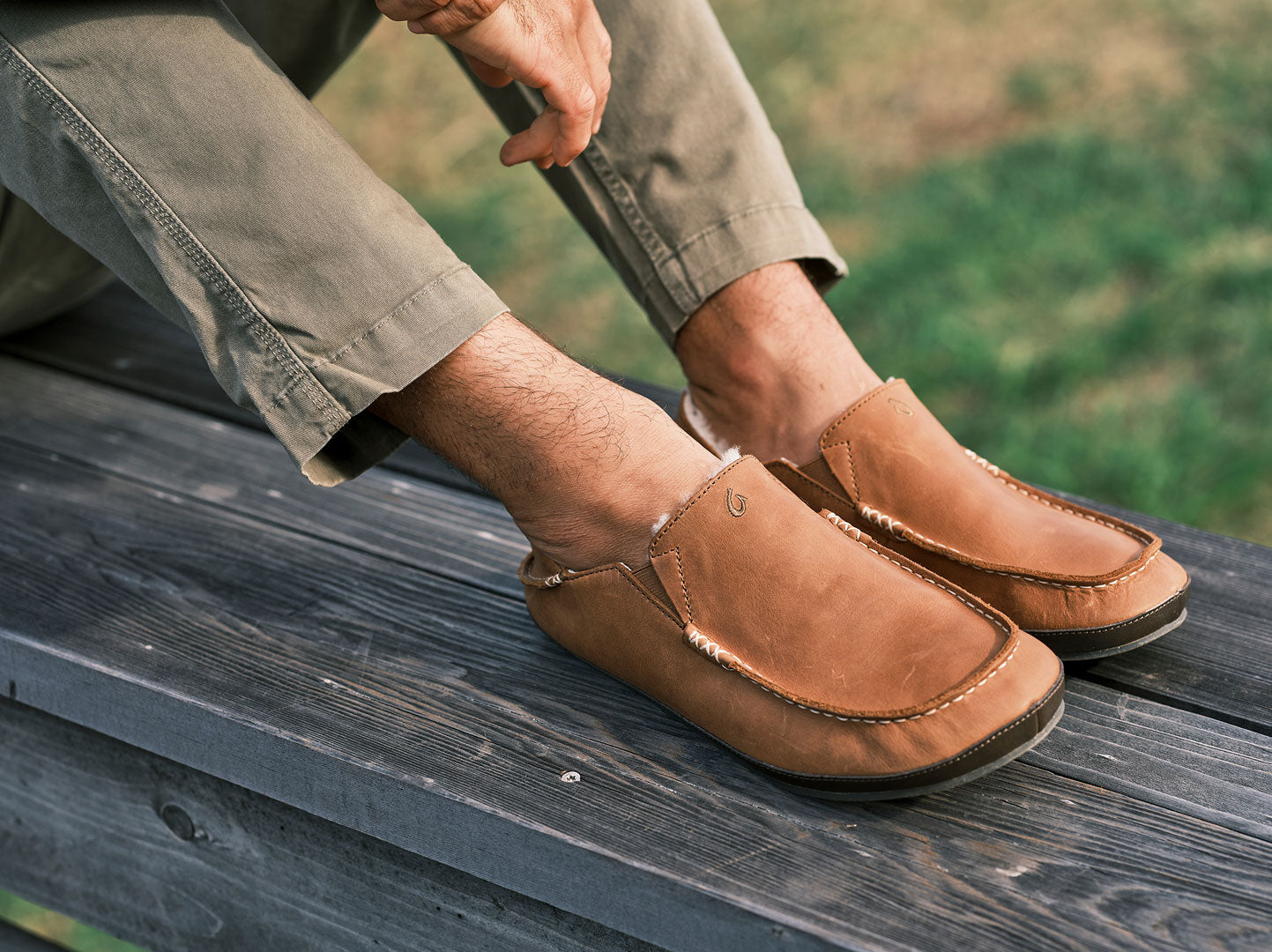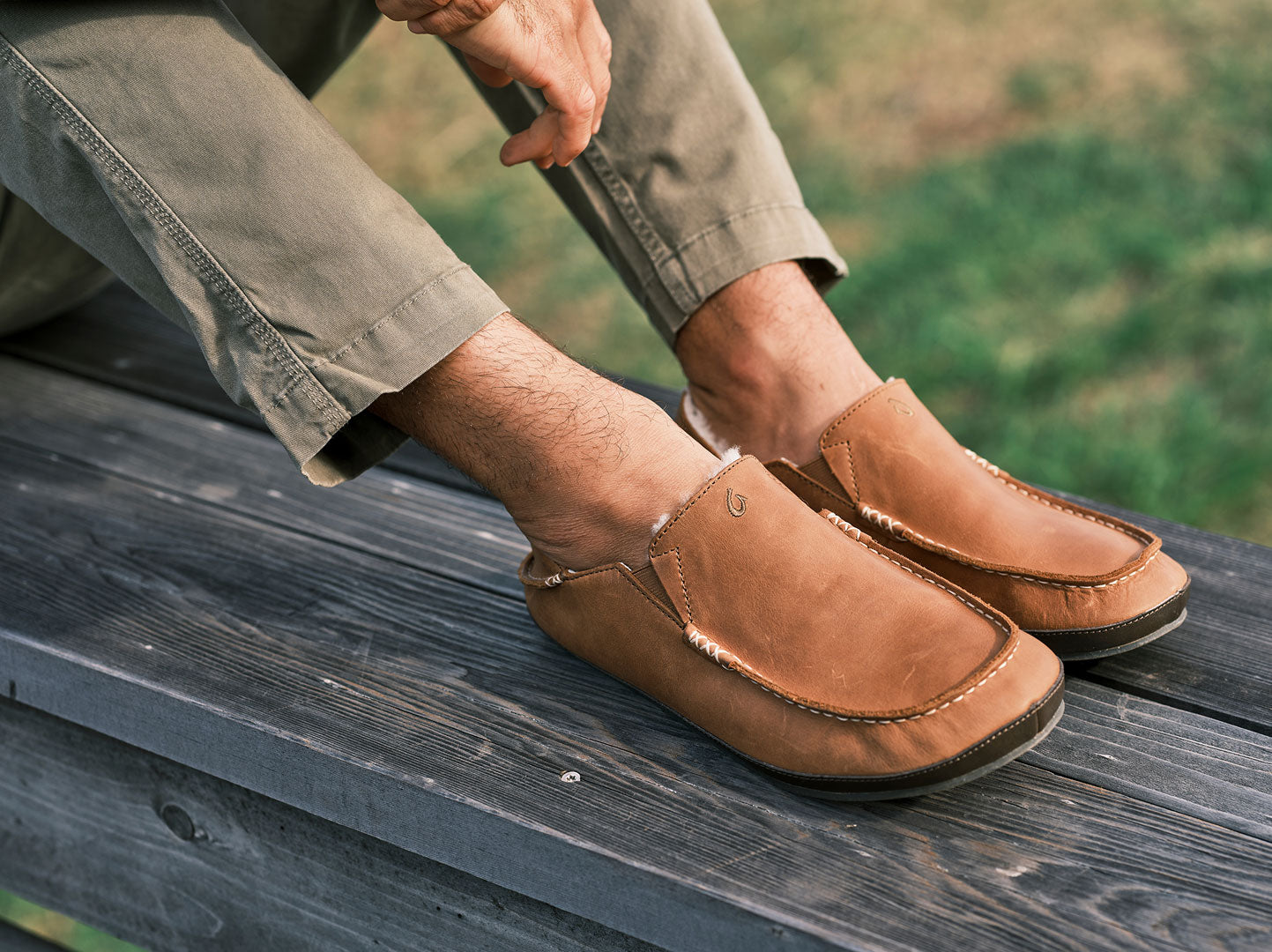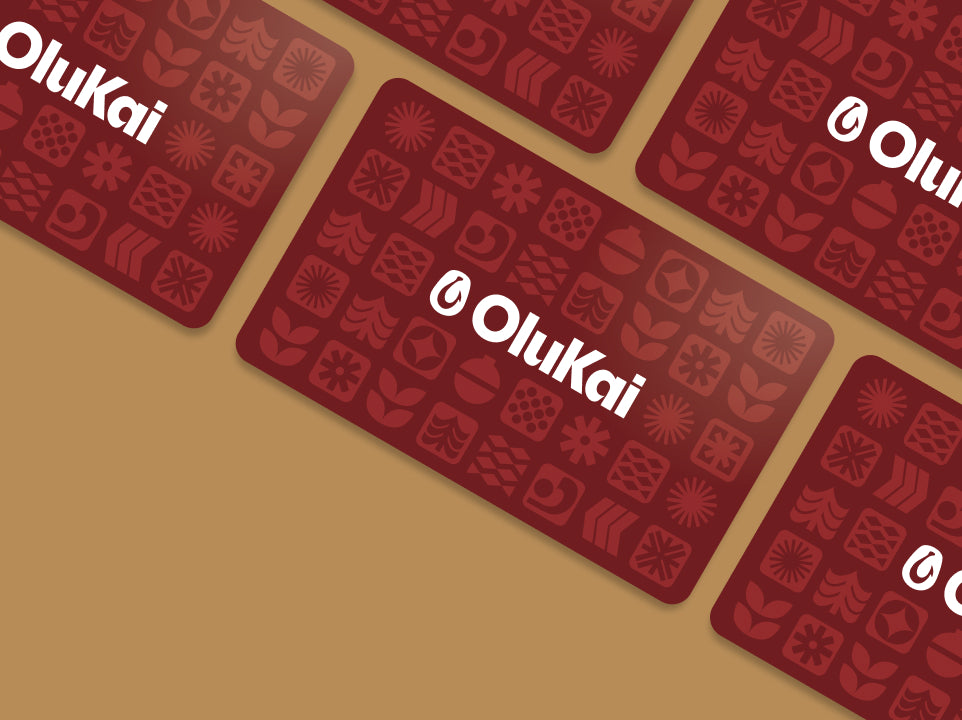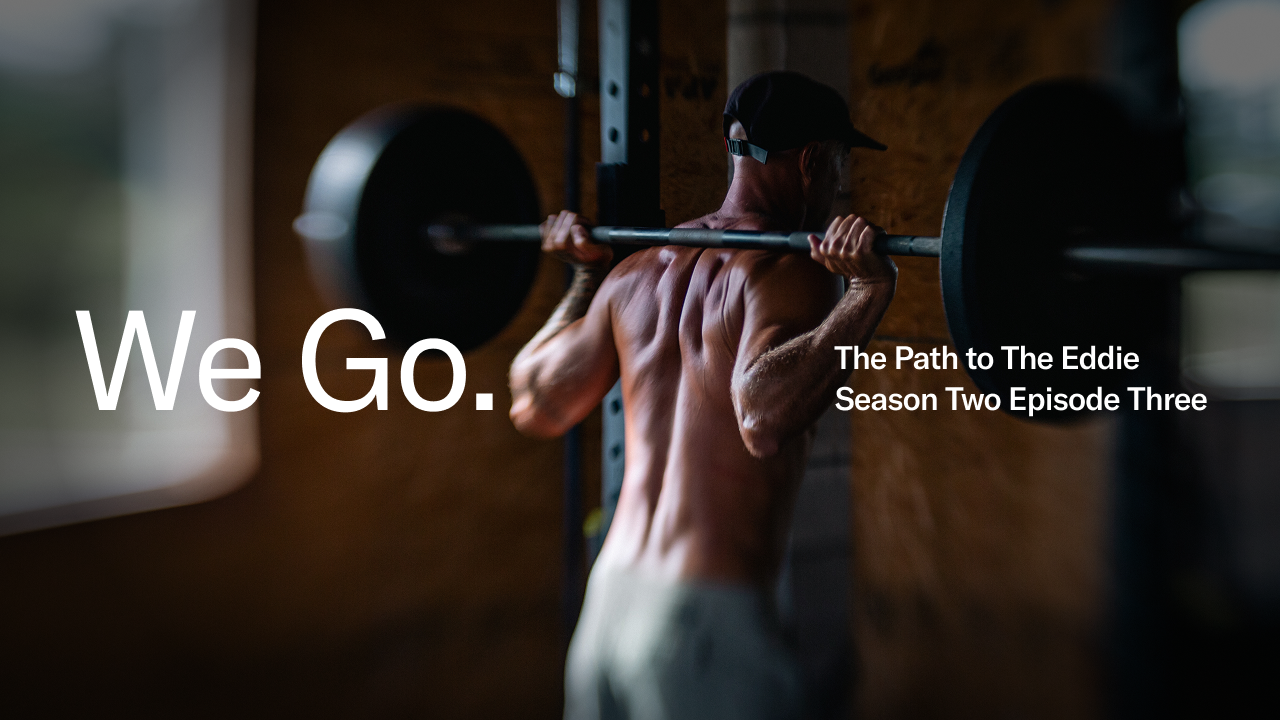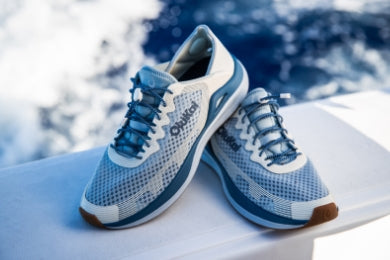What is EVA?
When shopping for leather shoes and other types of footwear, one of the most common questions people ask is about midsoles—specifically, what is EVA?
EVA, chemically speaking, is Ethylene-Vinyl Acetate, an elastic co-polymer very similar to rubber and also used in household and industrial applications. EVA is considered environmentalyly friendly in that it doesn’t use chlorine in its production, and can be recycled into products such as playgrounds or industrial mats. Because it is man-made and animal friendly, it is commonly used in vegan shoes.
EVA provides cushion, spring (rebound), and is resistant to hardening and cracking. It also resists UV radiation, doesn’t absorb water, and stays flexible in the cold, all of which make it very useful for outdoor footwear. Soft and flexible, EVA is technically a foam instead of a rubber, as it is formed by expanding plastic and trapping pockets of gas (air) in various densities.
Most running and casual shoe midsoles are made from EVA. In recent years, a few brands have turned to PU (polyurethane) to construct more durable midsole technology, especially in backpacking boots. But EVA has still been found to have more rebound, while reaching its end-life (compression) faster than PU. You’ll see many running brands use a proprietary combination of rubber compounds blended with EVA.
And while the running shoe market really innovated the EVA midsole, it is now widely used in almost every type of shoe, including, if not especially, sandals. An EVA midsole not only provides the aforementioned rebound and cushion, but it protects the feet from impact as each foot strikes the ground. The rebound in EVA helps you spring off of each stride.
But like all good things, EVA does come to an end. Over time, EVA will compress and loose its rebound, at which point it should be replaced. On a running shoe, it takes around 300 miles to reach this point. On other shoes, This often happens at it compresses, loses its rebound, and ultimately reaches a point where it should typically be replaced, often after around 300 miles on a running shoe. This varies of course by how heavy a user is, their gait and what kind of miles they put on the shoe.
EVA midsoles are typically injection molded. To achieve more durability, many shoemakers utilize compression-molded EVA midsoles. In this process, EVA is pressurized in a mold so that the midsole-to-be forms a thick outer skin. This adds life to the midsole, torsional structure, and allows for embellishments such as colors, designs and logos. Utilizing EVA, manufacturers can also create varying thicknesses and densities, adding more cushion under the heel, a softer layer on top of a harder layer, and what is called “posting” to prevent pronation of the foot during walking and running.
At the end of the day, just know that EVA is that soft, squishy layer between the upper and the outsole of your shoe that exists protect you and add a little spring to your step.
